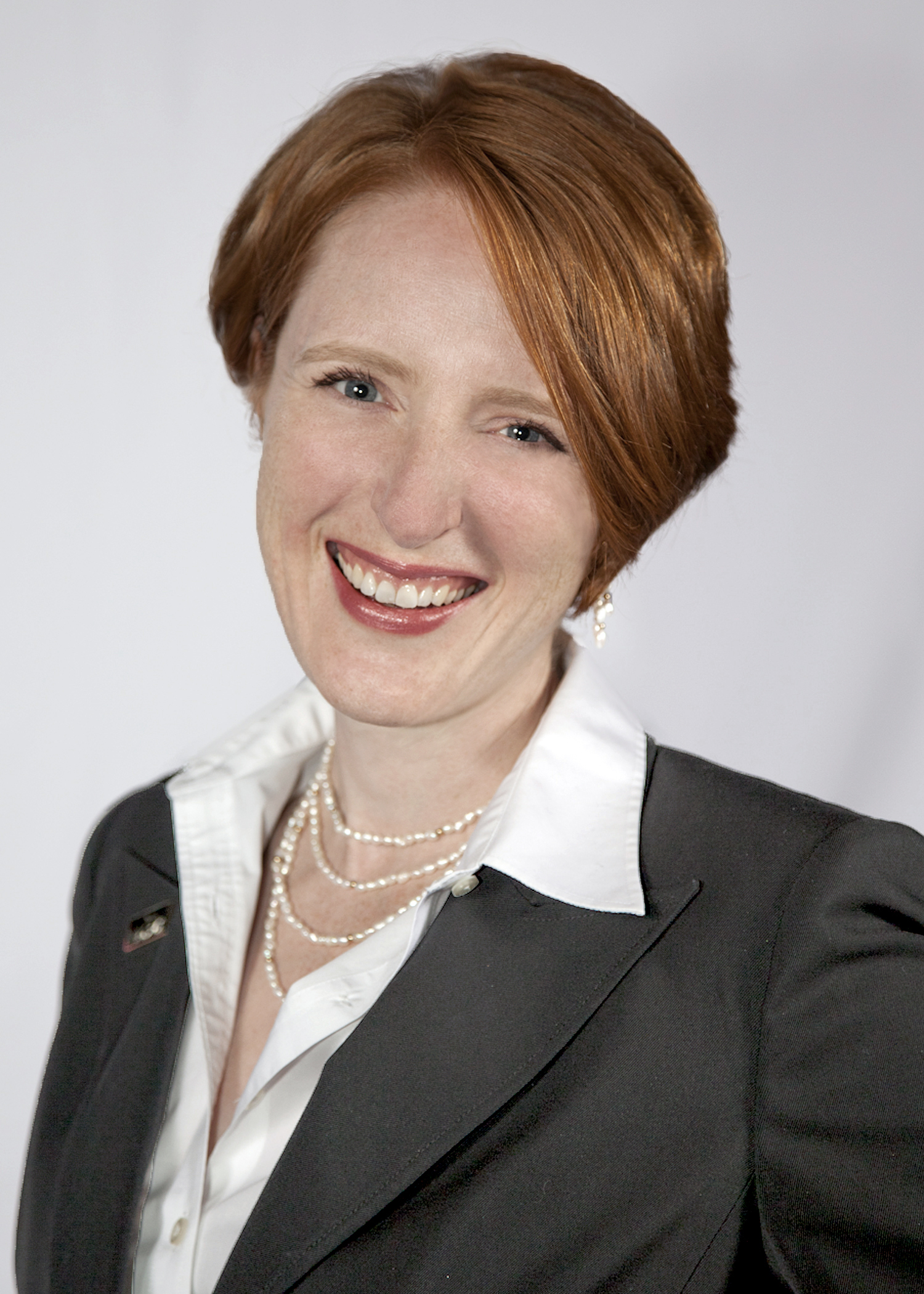

From the V1SION Blog
By Katy Butterwick, EHF Program Officer
“I’ll be honest,” she said. “This has been really difficult for me. I have to be intentional and shift my mind daily to make it work, but it’s so important.”
I sat up in my chair, nodded, and leaned towards her. She had my attention. Something had changed in the typical funder/applicant site visit dynamic.
A nonprofit executive director was being courageously vulnerable, and I wanted to honor that. I had to know what was so important to her that she’d risk admitting her struggle to a potential funder.
“I’ve realized that my work is not to focus on our clients,” she went on. “My chief responsibility is to support and look out for my staff. By putting them first, I serve my clients better and accomplish our mission. For years, I thought first and foremost of the people who need our services, and I didn’t pay as much attention to how the people working for our organization were doing. Shifting my approach has been a game- changer.”
Wow. Now that’s courageous indeed.
We talked for several minutes about what inspired this change and what it looks like within her organization. Her organization now offers all staff a living wage and medical benefits; those on the front lines have free access to the counseling and support services like those they offer the organization’s clients; her team is encouraged to take time off and to disconnect when they do; and an open-door (and listening ear) policy invites and acts upon requests from staff for additional help or changes to the work environment.
Some of these things have been expensive, but others have been low- or no-cost investments. Her Board has supported her in the reallocation of resources, and she’s now hoping that funders will appreciate the change, too.
The results in terms of client satisfaction and employee retention are strong and compounding over time. By flipping her focus and investing in her staff, this leader put respect for her employees into action and acknowledged the value and difficulty of the work they do. I remain inspired by and thankful for her transparency in sharing her experience. And it leaves me wondering how we, as a philanthropic organization, can best support this kind of transformation within other service agencies.
Much has been made over the last few years of the need to professionalize the nonprofit sector. Dan Pallotta and other nationally-known philanthropic leaders have called for a revolution on behalf of the people who constitute ‘overhead’ within nonprofits – the women and men who make the organizations run. Competitive wages, worker-friendly policies, benefits packages, technological and administrative support, and investment in revenue generation are all part and parcel of America’s for-profit sector — where attracting and retaining talent makes good financial sense.
Why hasn’t this been the case in the nonprofit world?
Those who fund nonprofits and the board of directors who oversee them have relied too long on the ‘calling’ that people feel when they take on work for and among their most marginalized and vulnerable neighbors. We’ve taken for granted that those working for nonprofits will put their drive to make the world better before their own well-being without reservation. But this model of continual self-sacrifice is not sustainable. Turnover in the nonprofit sector is rampant. Young, promising nonprofit workers are reluctant to take on greater responsibility and leadership. New generations have expectations around work-life balance that demand – and rightly – competitive salary and fair benefits whether they are non- or for-profit workers. Funders have been complicit in this situation by not asking tough questions and then putting our money where the answers lie.
I’ve worked in the nonprofit sector my entire career, but I’m a relative newcomer to the role of a funder. As I get to know clinics and other providers of primary care and mental health service who apply for and receive grants from EHF, I have been hesitant to ask, “Tell me about your staff salary and benefits.”
I’m afraid to hear the answer.
The plain truth is that many nonprofits can’t afford to prioritize and offer health insurance, paid time off, or livable wages to their employees, much less maternity/paternity leave and other benefits. And why can’t they? It has something to do in part with funders’ reluctance to offer operational support – unrestricted capital that can be used for these and other essential purposes.
The National Committee for Responsive Philanthropy (NCRP), Grantmakers for Effective Organizations (GEO), and other professional associations have long made the case for increased donor investments in operations. According to NCRP’s ‘The State of General Operating Support’, just 16% of American foundations’ giving between 2008 and 2010 was reported as general operating support. This number seems to be holding steady despite strong evidence that operational dollars go farthest in strengthening long-term, systemic outcomes.
This is partly due to the fact that, like most entities, philanthropies feel the need to demonstrate their own impact. And they find that easier to do when they’ve invested in a finite program or project. That reality isn’t likely to change anytime soon, so I’ve been puzzling over an additional way to measure the impact of our grants and gifts. I’m looking for ways that we can consider the impact of EHF’s dollars on the people doing the work, as well as the impact on those receiving service.
We often talk about nonprofit work in terms of the sector and the organizations within it. What I have to keep reminding myself is that those organizations are made up of people whose relationships to each other and to the clients they serve are at the heart of the work they do. Those people – their satisfaction with their work, their ability to raise a family on the salary they earn, their perseverance in the face of frustrating challenges, and their confidence in the possibility of a better future for themselves and their clients – are the measures by which we can count our investments well-made.
Few organizations know how to encourage a culture and adopt practices to mitigate the grinding stress of navigating those in poverty through confounding systems of care, raising funds to keep the services available, and juggling work and family when resources are scarce. But that kind of culture can be built and sustained.
One courageous Executive Director in Central Texas has taken it on and is doing it. I’m proud that EHF can stand with her, and I hope that we can find ways to make success in that area a driving measure of progress and a reason to hope for the future.